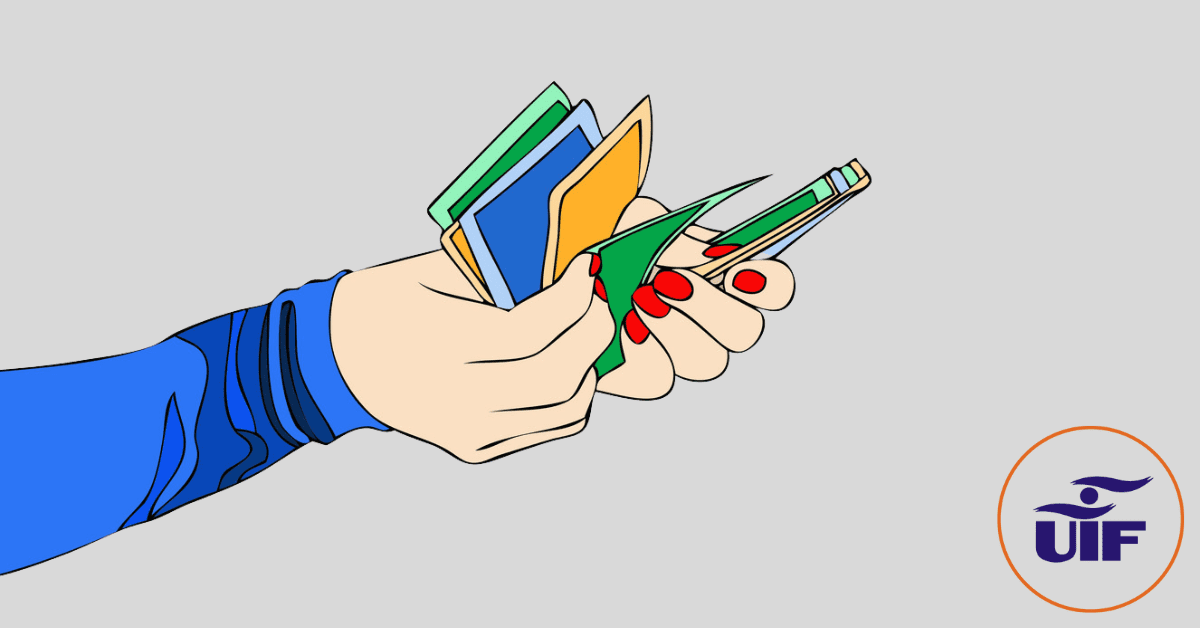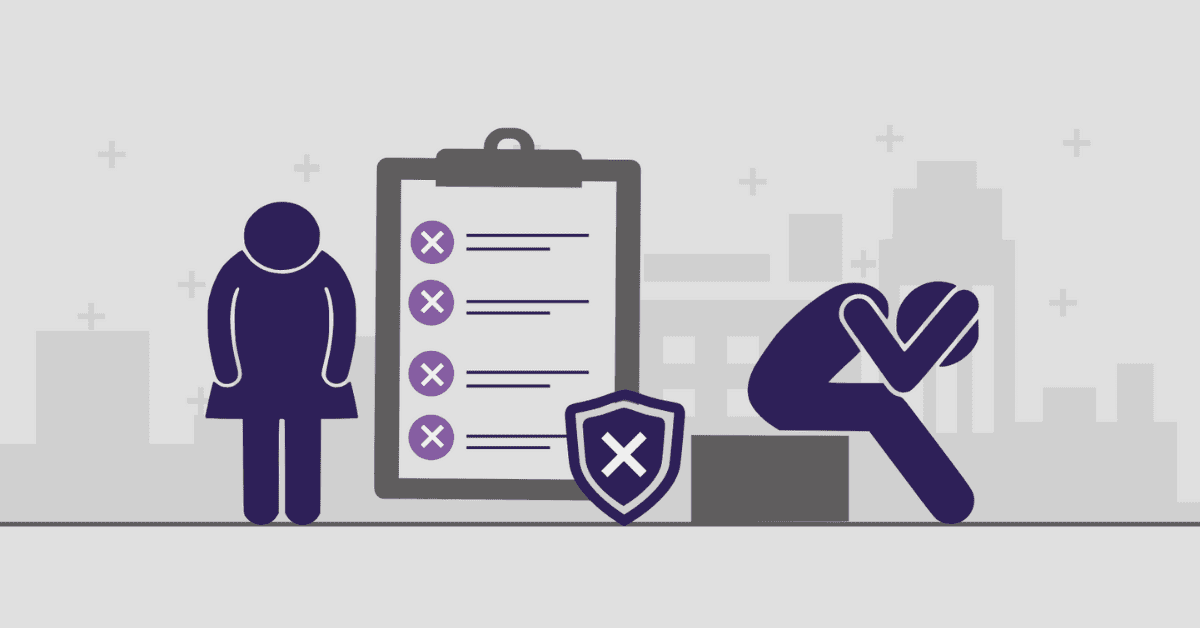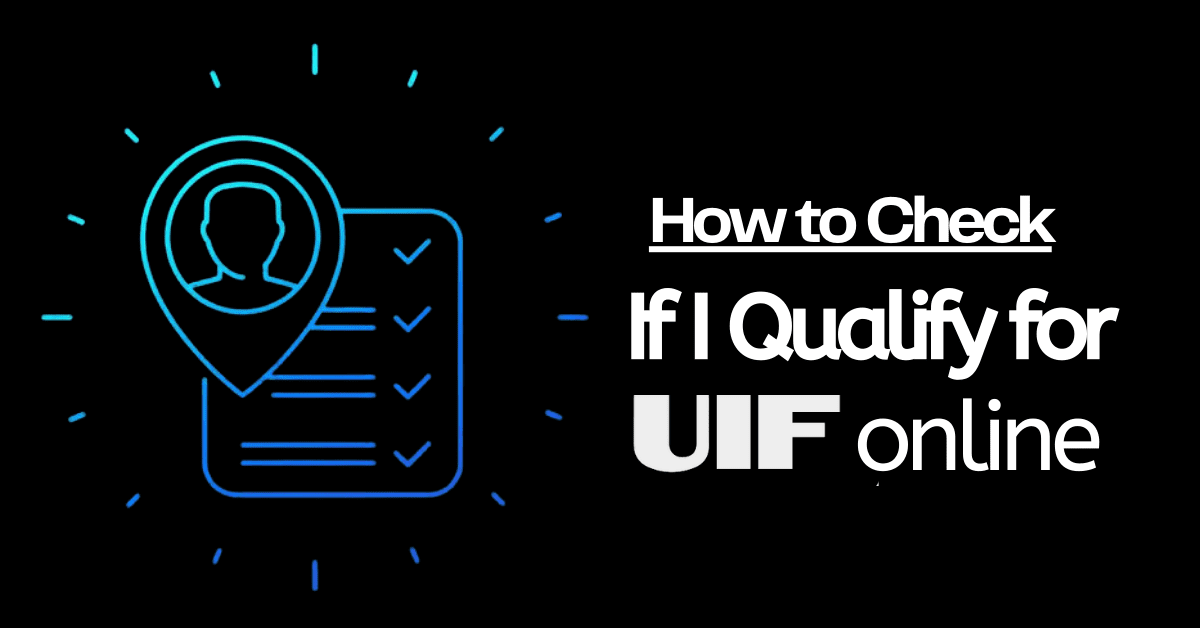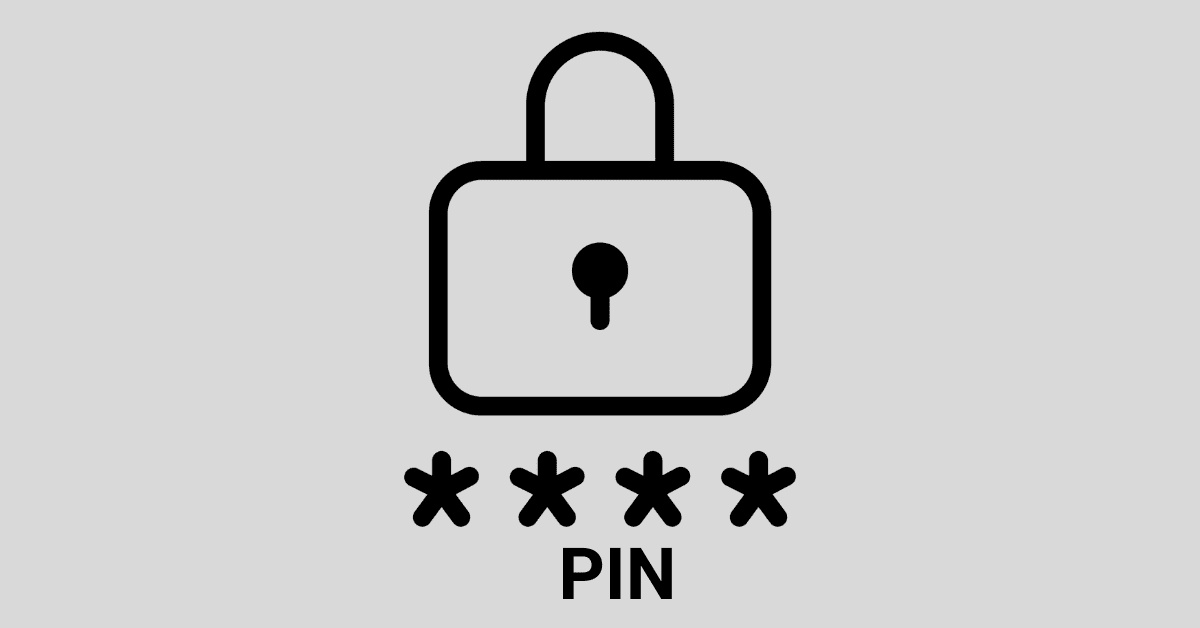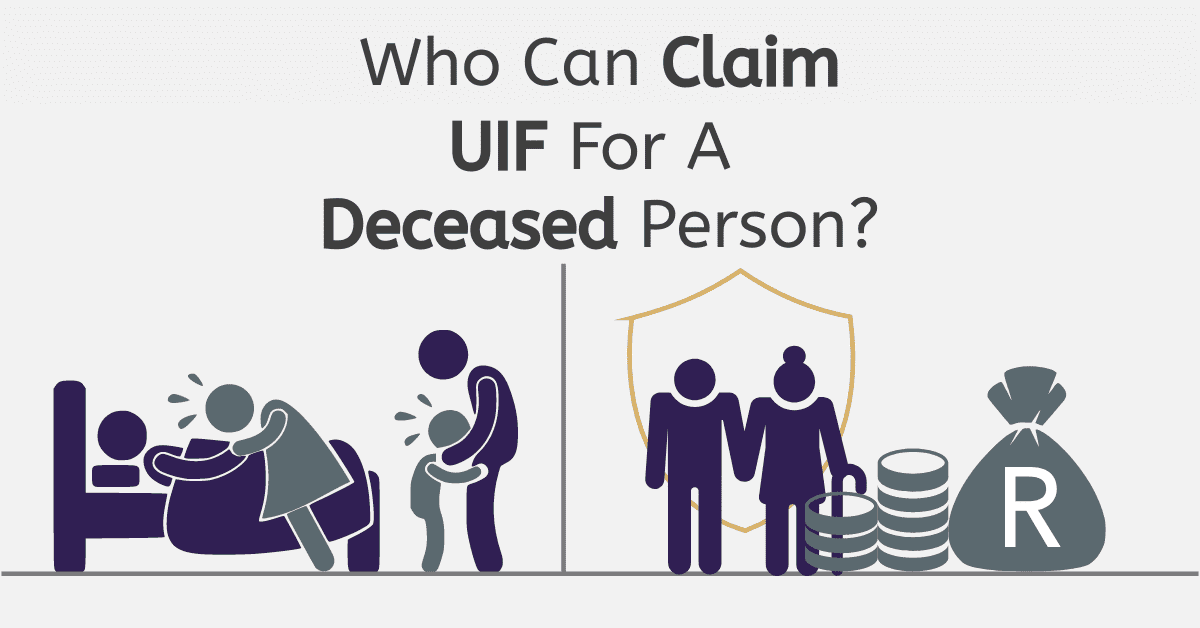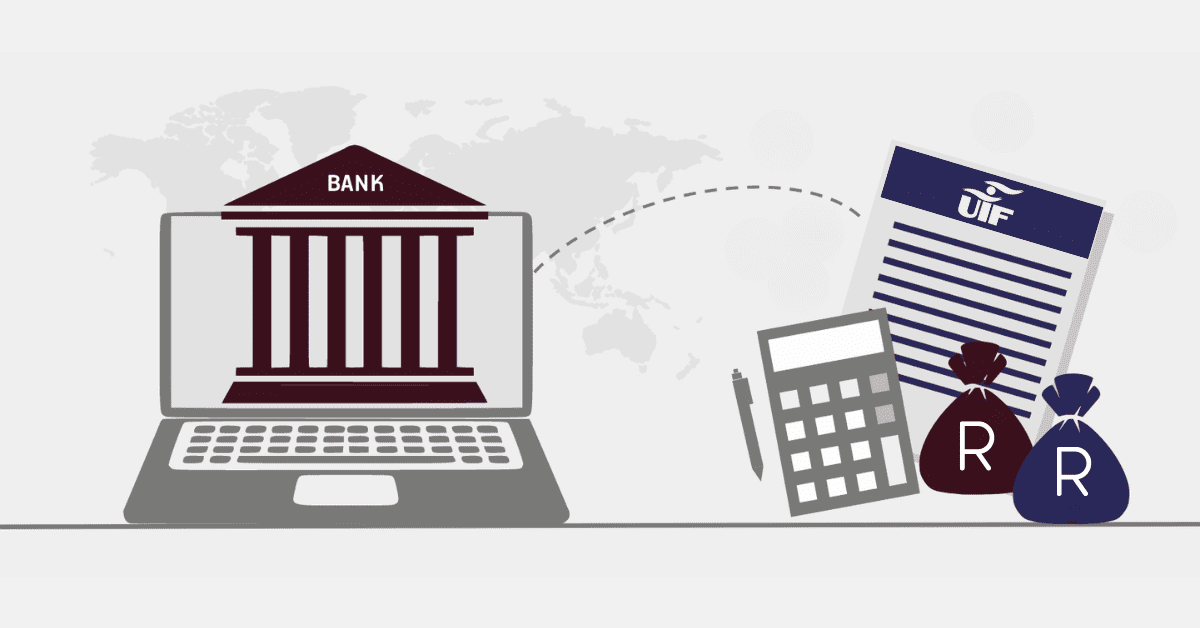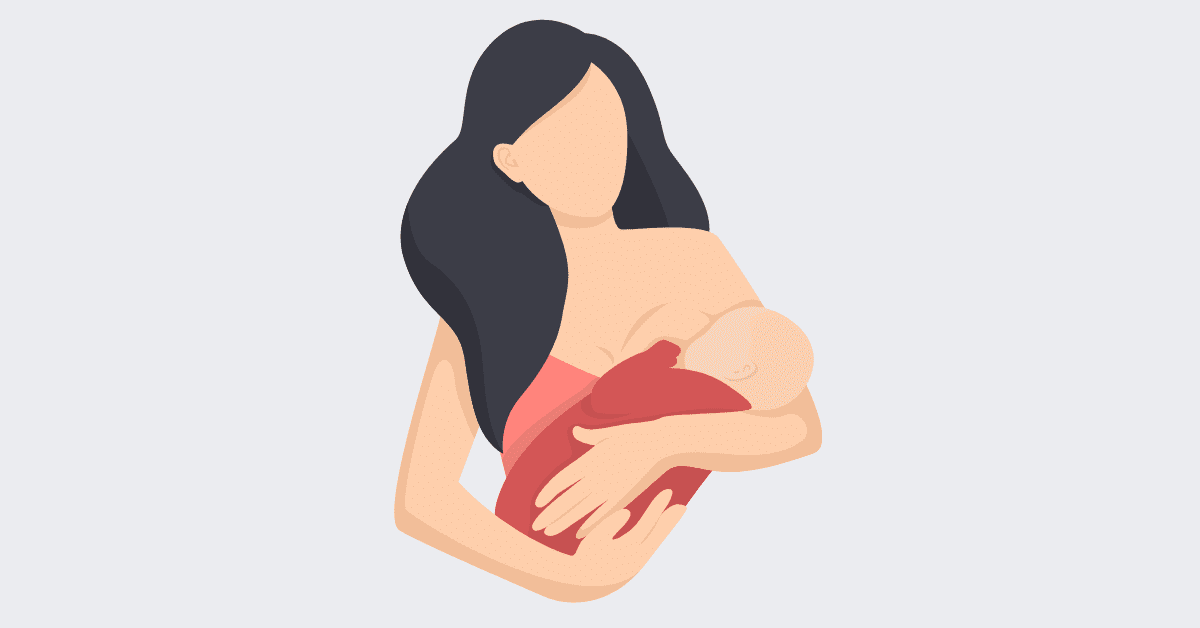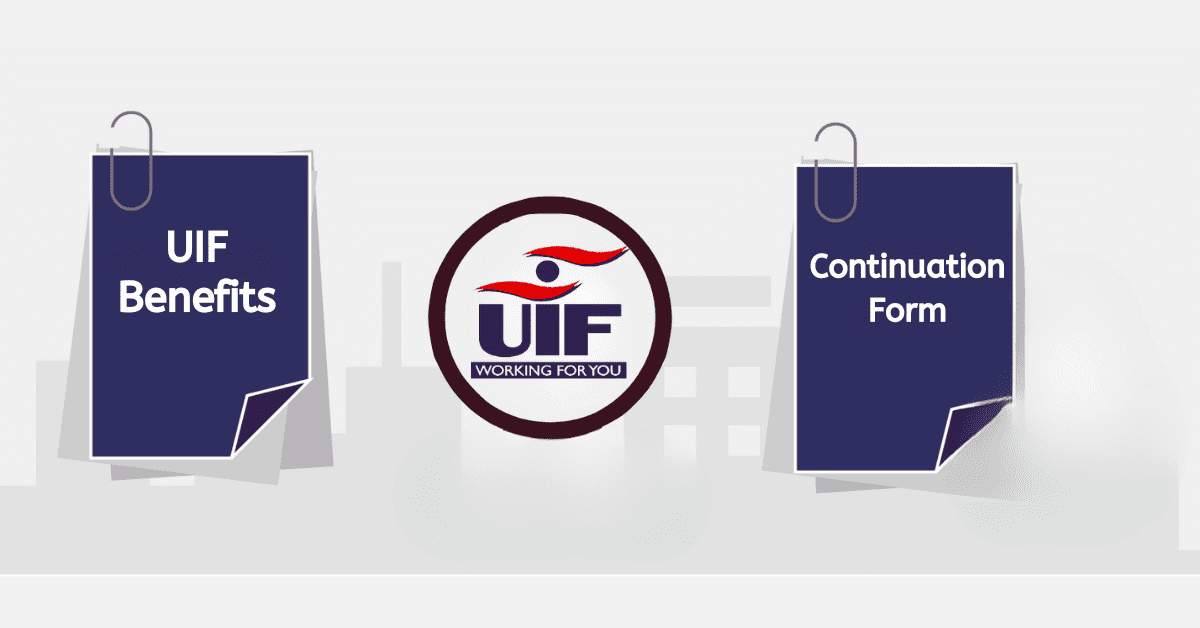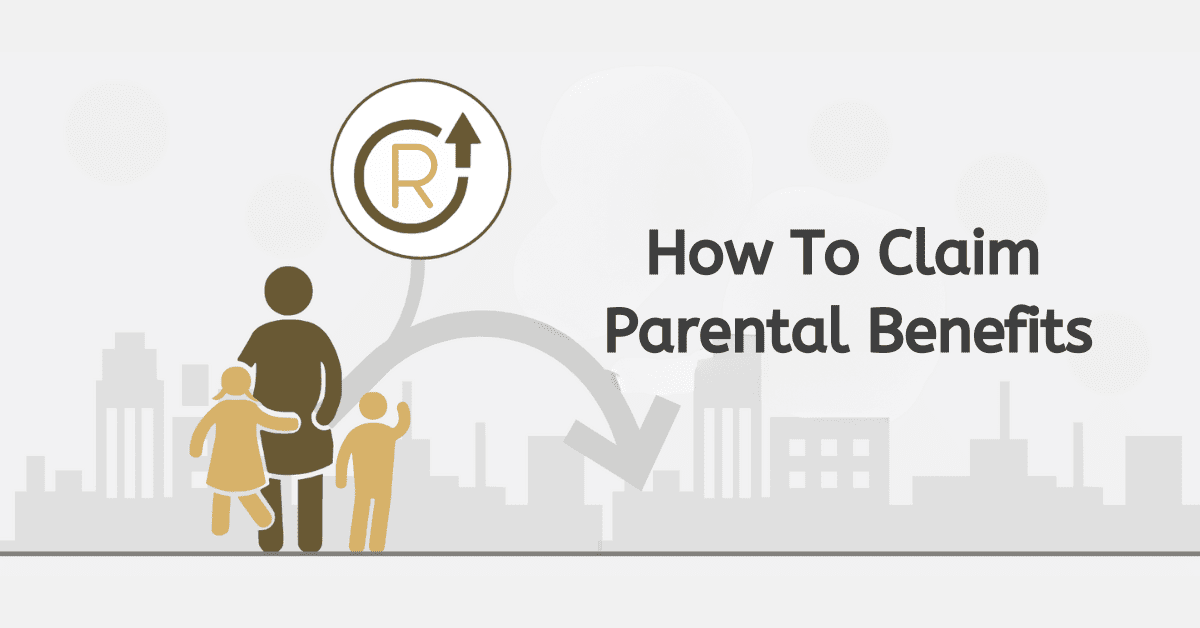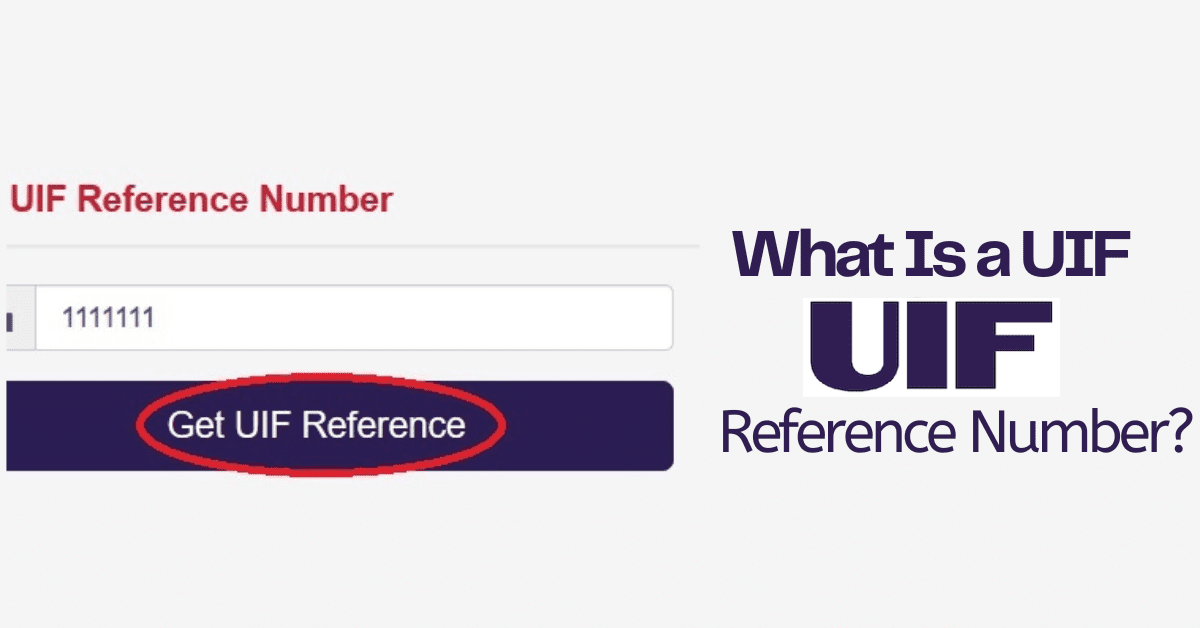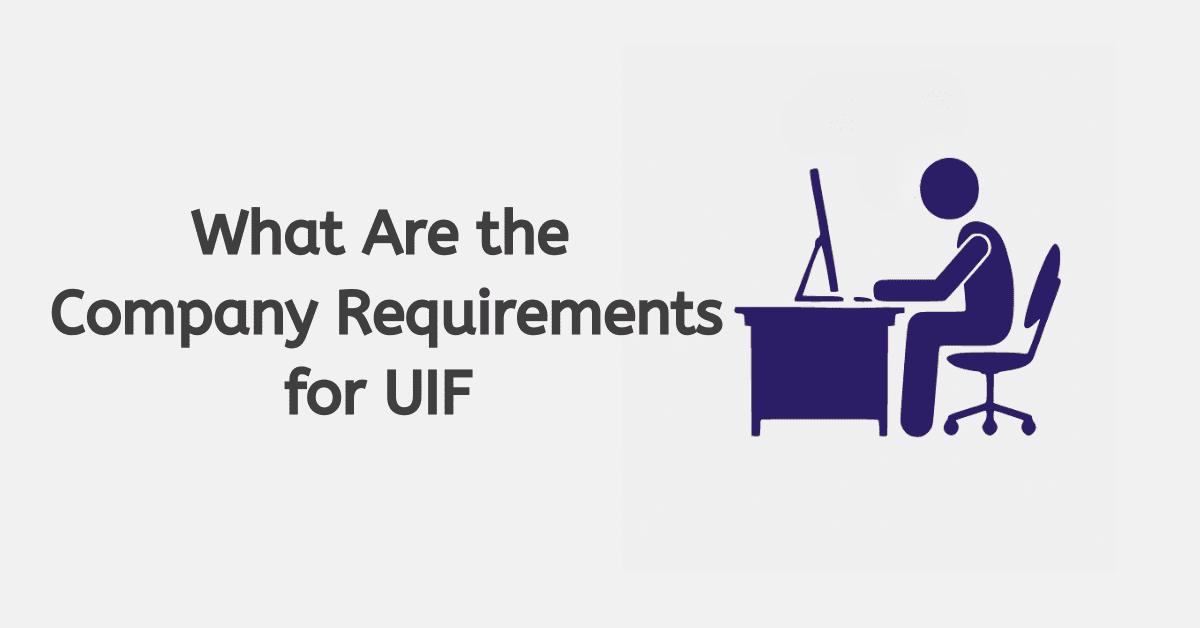Being ignorant of the law can be very costly. If you did not know about the UIF arrears payment, then in this section, we will highlight all of that. UIF arrears exist, and the law demands you pay them using the backdating rule. Now, before we look at the arrears, let us look at what the law says about UIF.
According to South African labour law, all employers are supposed to register their employees and ensure their contribution goes into UIF. Every employer must contribute 2% of the gross salary, with 1% coming from the employer and the other 1% coming from the employee. This is a requirement and is backed by law. Failure to do this can result in jail time.
Hence, if you are an employer and never paid your employee’s UIF amount, you have the chance to do that, but there are consequences. If you never registered your worker and also paid their contribution to UIF, then you can do that using the arrears payment plan.
How to pay UIF arrears
Employers who did not make the necessary deductions to the employee’s UIF contribution could be found wanting, and there would want to know how UIF arrears work.
In some cases, the employer might not have registered for UIF as it is required by law. Such instances do not allow your UIF contribution to go into your coffers. All employers must register their employees in order to deduct the required amount from their salary to the UIF contribution.
However, employers who do not deduct the right amount from their employees’ salaries to the UIF will have to find another way to make the necessary payment.
This is one of the reasons why UIF introduced the arrears payment. The arrears payment means all contributions that were not done right by deducting from the employee’s salary during employment can be paid as arrears.
Now how can an employer pay UIF arrears? This is one of the most asked questions among employers who did not contribute any amount to UIF.
This section will tackle how an employer can pay UIF arrears. If no UIF contribution was submitted, you could follow these steps to ensure the payment of UIF arrears. Employers who did not make UIF contributions for their workers, whether they registered them or did not, can follow this simple process to the needful.
- Register your employees by submitting the company details to UIF, whether online or offline.
- UIF reference number will be shared with the employer after registration.
- Submit full details of the period UIF was not paid
- Include your employee’s data list and make the necessary transaction
- Please note that UIF arrears payments attract penalty charges of 10%
- The department of labour will look into your paperwork and apply all necessary fines
How is UIF backdated calculated?
Employers who do not pay UIF contributions to the employees are charged a penalty fee. As we know, the UIF contribution is 2% of the employee’s salary. Since the contribution of the employee did not happen, UIF will be backdated according to the time of employment for that employee.
So, for example, your employed staff worked from March 2025 to December 2025 – confirming the actual period of employment. So supposing your employee earned R1000 per month within the period of employment which is ten months, the UIF contribution will be R20 X 10, and the total will be R200. Now the penalty is 10% of the total contribution, which is 10% of R200 = R20. Therefore you owe UIF a contribution of R220.
What happens if UIF is not paid?
UIF contribution is backed by law, and therefore, employers must register their workers upon commencement. The purpose of the UIF is to help the employer and the employee in the long run. Whoever does not pay UIF can be found guilty. It is a serious offense, and it is considered illegal to evade UIF’s contribution. All employers who do not pay UIF can face severe charges in a court of law.
How do I make an eft payment to UIF?
Making a payment to UIF means confirming registration and contribution. The payment channel for UIF is mostly through the bank since salaries are paid through the bank. If you wish to make a UIF payment, view the electronic fund transfer (EFT). You can reach out to your bank to set up your payment API. All you need is to put in the request and submit your various payment instructions to the platform once the setup is complete.
The UIF deductions always come from the salary of the employees, and this deduction is made before the salary reaches the employee’s account.
Most banks in South Africa have systems to support electronic fund transfers, and therefore providing your standing order instruction to your bank can make eft payment to UIF easy and simple. Eft payment takes between 24 to 72 hours upon request sent.
How do you pay over UIF?
The payment of UIF is strictly through employment and salary deductions. The department of labour has made it a point to provide platforms and offices for easy registration and contributions. The law requires that 2% of the employee’s total salary must go to UIF. This amount is kept to insure the employee should any unfortunate incident happen that qualifies you to make claims.
